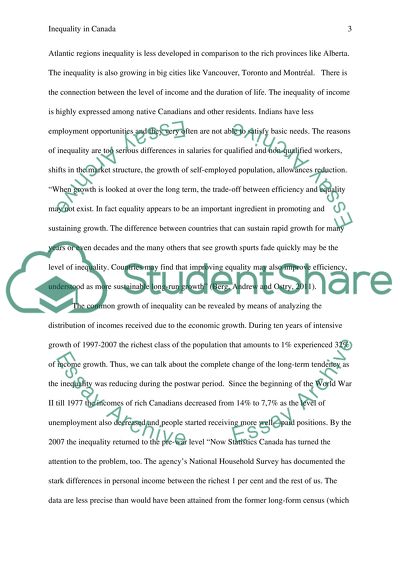Cite this document
(“It has been said that the rich are getting richer and the poor are Essay”, n.d.)
It has been said that the rich are getting richer and the poor are Essay. Retrieved from https://studentshare.org/sociology/1633004-it-has-been-said-that-the-rich-are-getting-richer-and-the-poor-are-getting-poorer-is-this-true-in-canada
It has been said that the rich are getting richer and the poor are Essay. Retrieved from https://studentshare.org/sociology/1633004-it-has-been-said-that-the-rich-are-getting-richer-and-the-poor-are-getting-poorer-is-this-true-in-canada
(It Has Been Said That the Rich Are Getting Richer and the Poor Are Essay)
It Has Been Said That the Rich Are Getting Richer and the Poor Are Essay. https://studentshare.org/sociology/1633004-it-has-been-said-that-the-rich-are-getting-richer-and-the-poor-are-getting-poorer-is-this-true-in-canada.
It Has Been Said That the Rich Are Getting Richer and the Poor Are Essay. https://studentshare.org/sociology/1633004-it-has-been-said-that-the-rich-are-getting-richer-and-the-poor-are-getting-poorer-is-this-true-in-canada.
“It Has Been Said That the Rich Are Getting Richer and the Poor Are Essay”, n.d. https://studentshare.org/sociology/1633004-it-has-been-said-that-the-rich-are-getting-richer-and-the-poor-are-getting-poorer-is-this-true-in-canada.


